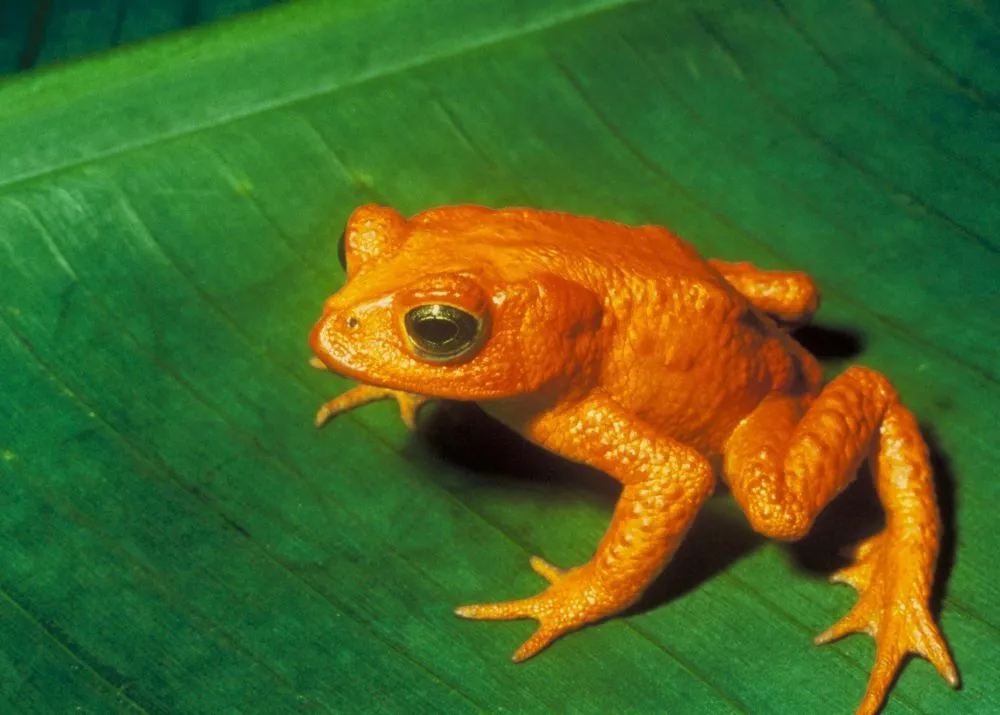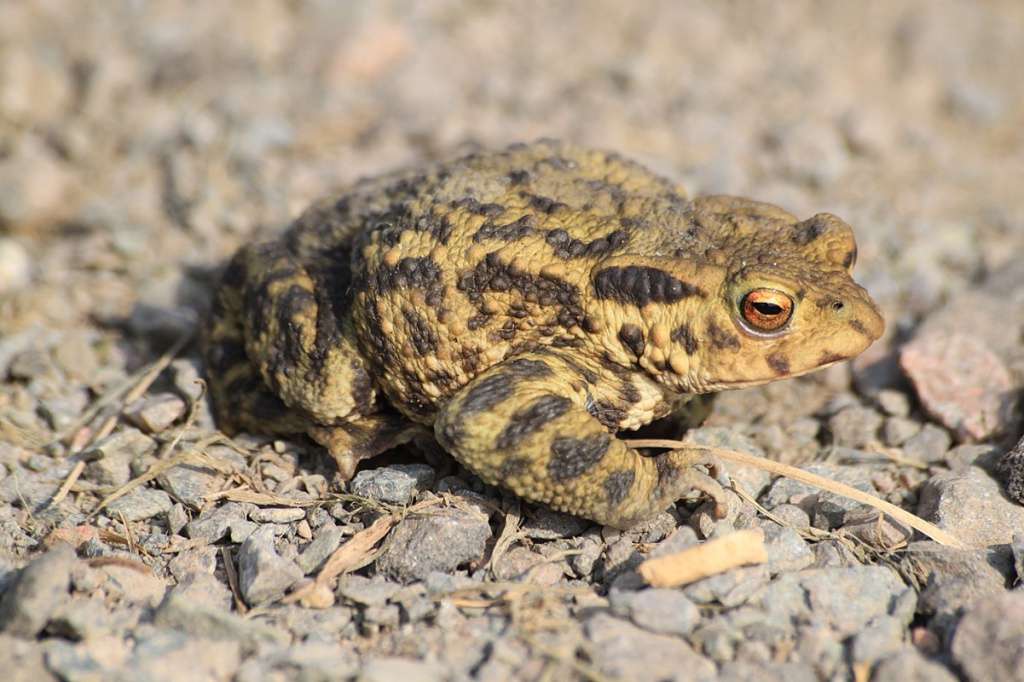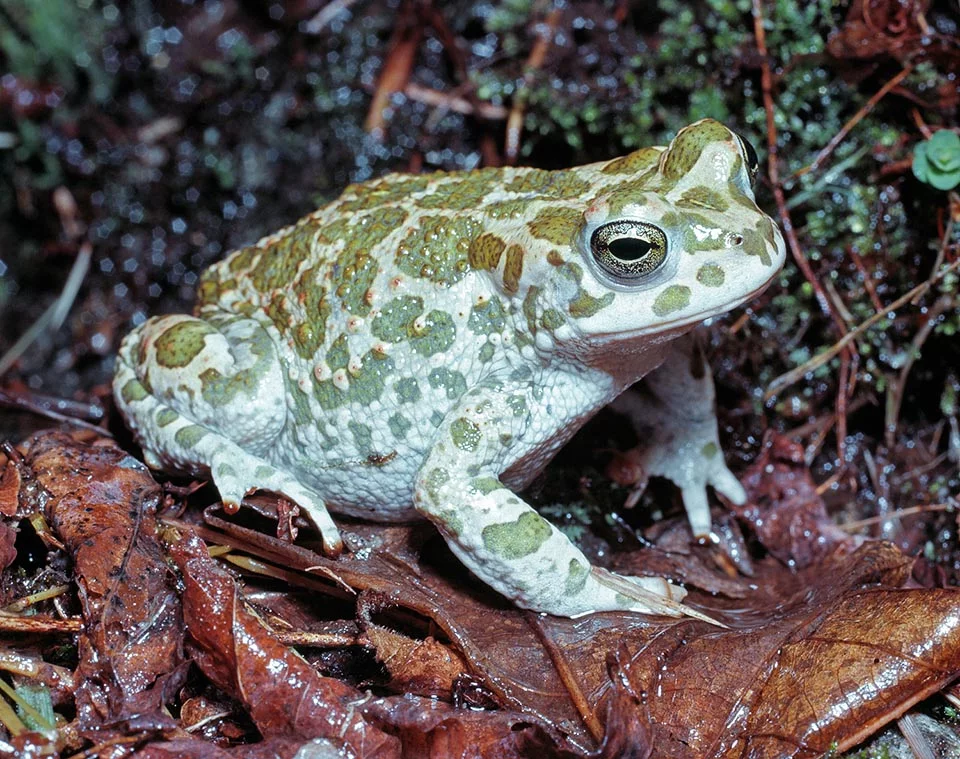
An extinct species of true toad known as the golden toad (Incilius periglenes) originally inhabited a small, high-altitude area measuring about 4 square kilometers (1.5 square miles) to the north of the Costa Rican city of Monteverde. It was unique to the elfin cloud forest.
It is also known as the MonteVerde toad, Alajuela toad, and orange toad. Herpetologist Jay Savage initially described this toad in 1966. The International Union for Conservation of Nature has now declared the lone male golden toad, last seen on May 15, 1989, to be extinct (IUCN).
Habitat
The Monteverde Cloud Forest Preserve presently covers this area. Northern Costa Rica’s montane, damp forest is where you can find the golden toad. This habitat is between 2000 and 2100 meters above sea level.
Appearance
The males are extremely noticeable orange in color. The females have black bodies with crimson spots that are yellow-edged. Males are 39-48 millimeters in length, while females range from 42-56 millimeters in length. Male and female physical characteristics are not fully understood until adulthood. Juveniles are typically not sexually good because of their comparable physical traits and size.

Diet
Due to their highly covert lifestyles in the forests and the fact that they have only really been seen during the breeding season, nothing is known about the eating habits of this species. Many would concur that they consume smaller invertebrates based on their size.
Reproduction
Around small, transient puddles and other water-filled depressions in the forest, the toads swarm in great numbers. The battle between males for females is particularly intense at this time. In general, there are 8 times as many males as girls. Males engaged in an activity known as “toad balls,” where four to ten of them would clasp hands. A successful mating, however, would result in 200–400 eggs. The eggs have a big diameter of about 3.0 mm. Due to their uniform size and colour, the larval forms cannot be distinguished by sex. They stay in the pool and can change for up to 5 weeks.
Not Keeping as a Pet, Why?
These animals are no longer in existence and cannot be kept as pets. They were prospering in their natural environment when they went extinct for several obvious reasons.
Table





